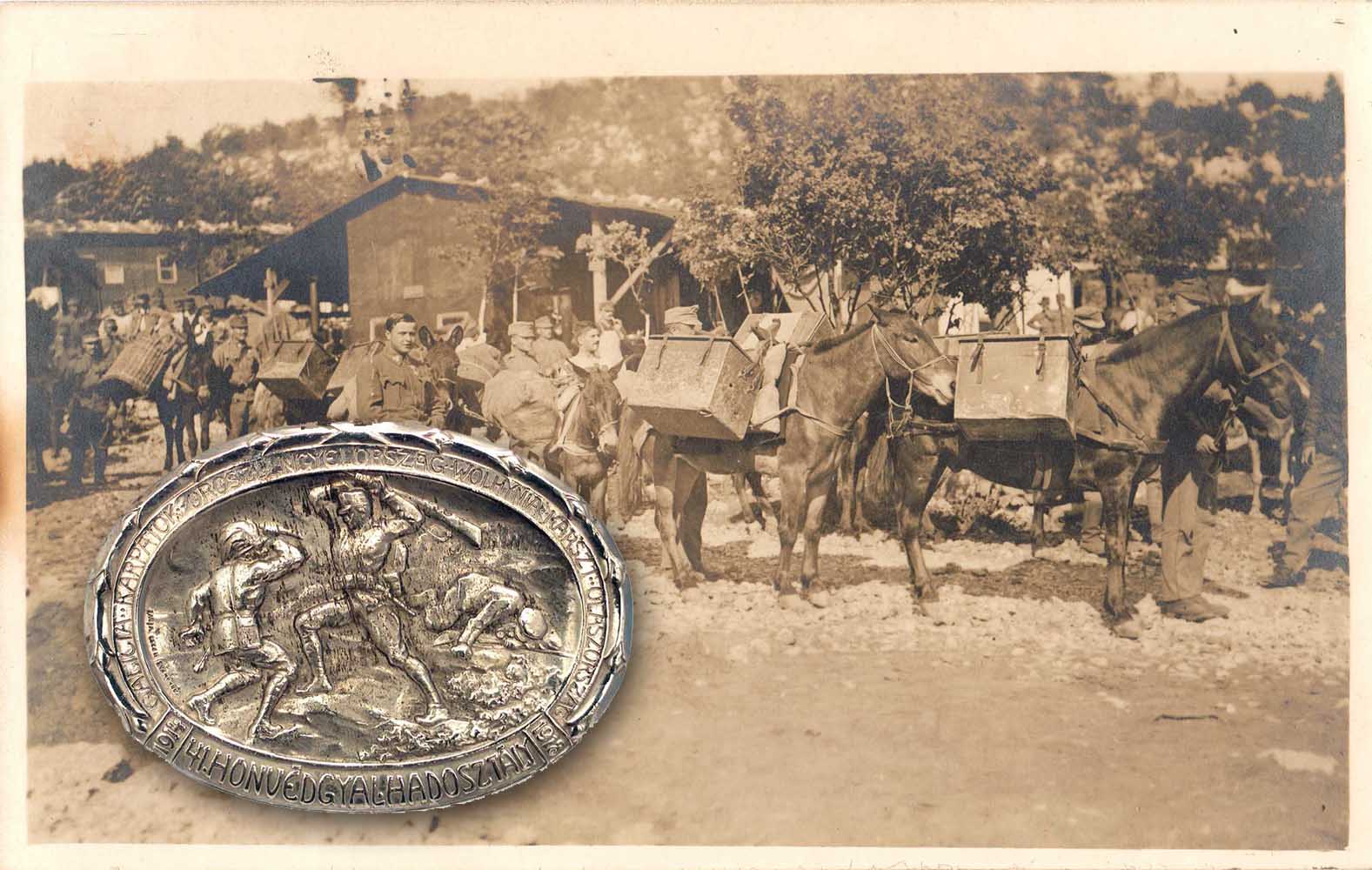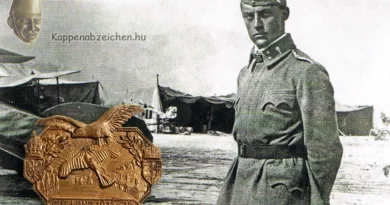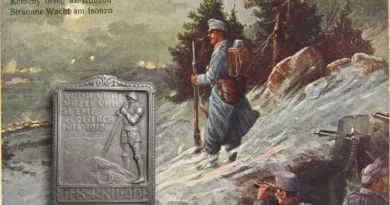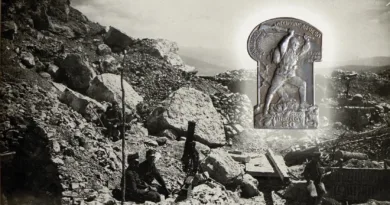February 1917 on the Carst
The fourth year of the war welcomed troops who had already suffered a lot, and hinterlands that had reached the limit of their ability to perform, all over Europe. This month the Russian monarchy was overthrown by revolution. The population of the Monarchy was completely impoverished, all essential products could be bought with a ticket. Military fugitives began to camp in some areas of the country. But also among the Entente troops, violations of discipline and riots accumulated, and the civilian population saw a lot of need there as well.
Under these conditions, the intensity of warfare decreased during the winter period. While, despite the winter weather, the Russian troops continued serious offensive operations in 1914 and 1915, in late 1916 and early 1917 there was silence on the fronts. The usual life at the front took place with the improvement of positions and, in some cases, with smaller undertakings.
At the end of the year, the 20th Honvéd Division was withdrawn from the VII. corps and ordered to Volhynia. Its place was taken on February 14 by the 41st Honvéd Division, which included the 12th, 20th, 31st and 32nd Honvéd Infantry Regiments. The division occupied the middle section of the Carst front around Kostanjevica. In the course of the year, the Italians launched several large attacks in this section, which the honvéds managed to defend only at the cost of huge losses. But at the beginning of the year, there was silence also on this front.
However, this “silence” only meant that there were no large mass attacks. The artillery of the Italians worked continuously, firing at every movement of troops. There was continuous aerial reconnaissance, which supported the gunners in selecting targets. Due to artillery fire and observation service, the construction of positions was also a dangerous task. It could only happen at night. And the work in the stony soil required much more effort than doing it in the looser soil in the plains. The diary of the 12th regiment remembers that the position system in the Carst was much more divided in depth than usual on the Eastern Front. Thus, the defense section designated for the regiment was only half as wide, 3 km here. The first line was occupied by smaller forces, the bulk was located further back in cover. The forward guards had to be changed regularly and frequently.
Supplying the troops was only possible after dark. The food and ammunition supplies prepared by the material supply sections stationed in the area behind were delivered to the combatant battalions on pack horses between 6 and 11 p.m. By the time the food in the cooking chests tempered with warm water arrived at the trenches, it had almost cooled down. On the way back, the dead and wounded were carried back.
The conditions at the division’s headquarters and resting place, located 11 km from the front line, were already much better in terms of supplies and security. The combatant battalions were constantly and frequently changed and ordered to rest. In this place, not only was the accommodation option more comfortable, but there were also opportunities to relax in the soldier’s home, or in the field cinema.

In the photo attached to the post, we see pack mules laden with cooking crates, which are being brought near the front lines. The insignia belongs to the 41st Division. Next to the dead body of the already defeated Russian, we see fighting the honvéd buck an Italian attacking from behind with a kitchen knife.




